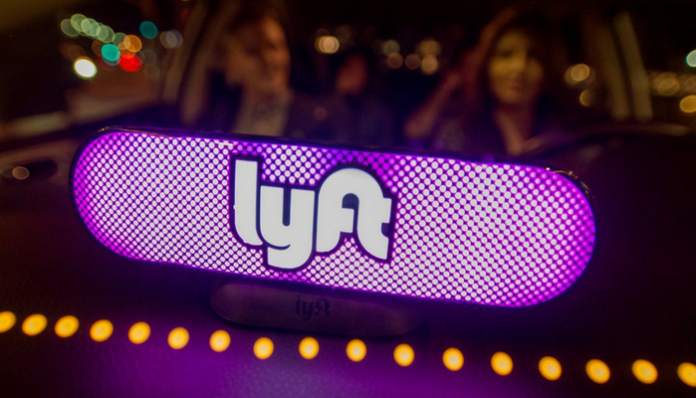6 comments
 | Uber was the rideshare company that first came out with the idea of surge pricing. Their model, as stated before, is based on up-front fare estimates that automatically estimate the cost of your trip taking into account the current surge. |
 | Lyft, Uber’s top competitor, also uses surge pricing, and calls it Prime Time. The main difference between Uber and Lyft’s surge pricing is that with Lyft, the drivers are not aware when there is a surge. In general, Uber also tends to have higher and longer-lasting surge rates compared to Lyft. |
 | Another company that uses surge pricing is Juno. Juno is currently available in New York City, and was acquired by larger rideshare company Gett. Juno has surge pricing during high-demand times, similar to Uber and Lyft. However, for Juno, there is a maximum fare you will be charged based on the surge rate, and at that point the fare will not go any higher. |
 | Ola, the major rideshare company in India, also employs a surge pricing model. Similar to the other companies, this is based on supply and demand, and differs based on a number of factors, including time of day and weather. |
 | Didi Kuaidi, the rideshare company dominating the Chinese market, has surge pricing implemented in their pricing structure as well. It operates the same way as the others, applying a multiplier to the standard fare based on demand. |
Since April of 2016, Uber has been experimenting with the concept of "upfront pricing." Under this model, Uber quotes you the price prior to the trip, and they will honor that pricing regardless of the distance or duration traveled. (Note: this is assuming you don’t request the route or destination to be changed.) Uber praises this concept as keeping the riders informed and simplifying their service as there is “no math and no surprises.” However, this has drawn criticism because the price they charge can be higher than the rates posted on their website, which are based on distance and duration.
How can Uber justify it? They admit this is due to the demand-based pricing they incorporate into upfront pricing. Demand-based? Does that sound familiar? Yes, upfront pricing can contain surge multiplier, and Uber does not even indicate this on the pricing.
Here's a quote from Uber:
Upfront fares are calculated using the expected time and distance of the trip and local traffic, as well as how many riders and nearby drivers are using Uber at that moment. And when fares go up due to increased demand, instead of surge lightning bolts and pop-up screens, riders are given the actual fare before they request their ride. There’s no complicated math and no surprises: passengers can just sit back and enjoy the ride. https://newsroom.uber.com/upfront-fares-no-math-and-no-surprises/
Uber is also being criticized for allegedly paying drivers their share on the lower price point, the part that is calculated using the posted rates without surge. This means that any additional fare assessed as part of upfront pricing is going directly to Uber. Our friends cover the story here:
The market is calling this Uber's attempt to overcharge the consumers and underpay the drivers. If you notice noticeable fare differences between RideGuru and Uber's estimates, this is usually the cause. You may want to go back to the price comparison list, and potentially pick an alternate ride at a lower cost.
Comments
Same with Lyft; if not worse! The same 8.7 mile route at 18 minutes uber quoted me $13.75 while Lyft $18.19 and I confirmed there was no surcharge for either. Lyft has been price gouging for a while!
surge pricing made simple.. hah.. that's ironic. I will never understand surge pricing! They're just trying to steal my money and give me a higher fare! It's crazy! Even the upfront fares sometimes change afterwards... they do whatever they can to make money
Just wait 5 minutes to request your ride. 9 times out of 10 the surge goes down :)
Upfront pricing is now a way to mask the surge pricing. Uber's evil plans are progressing. (mwahahaha)
I think this article is great. One of the best written essays ever, in my view, is this one. You do incredible, motivating job. Go geometry dash scratch!